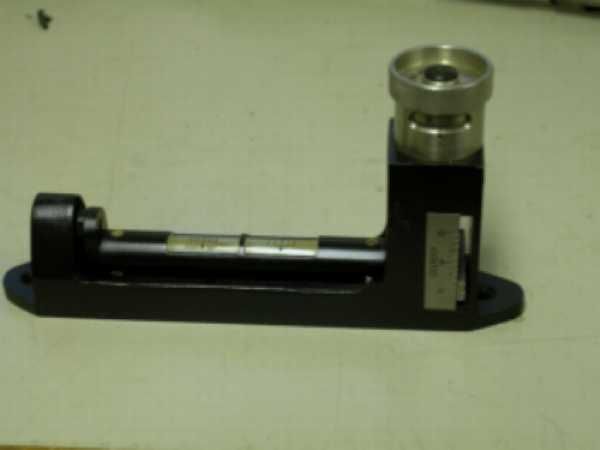Lathes don't have to be 'level but they do need to be supported in such a way as to not impose a twist to the bed.
In order to do this each of the supporting points need to sit on a plane just as the bed did when the ways were ground. The plane need not be horizontally orientated but if it is then a level can be used on the ways in order to check this. In order to eliminate twist using a level the supporting plane only needs to be 'horizontal' across the ways, the longitudinal or spindle axis doesn't really matter.
If I could comment on the subject of bolting down or not as I see it and using the Myford as a 'test subject' there are a couple of points.
The lathe bed was originally ground flat and true by bolting upside down and grinding the feet level. The bed was then flipped the right way up and bolted down to the bed of the grinding machine and the ways brought true, by definition in relation to the feet.
When the rest of the lathe is assembled which includes having a large motorising 'lump' bolted over the back of the headstock this imposes a twisting force as much of the weight is transferred to the rear foot under the headstock. Correct bolting to a suitable stand counteracts this force and further stiffens the bed casting against cutting forces. It will also add mass to some degree which will help with vibration. This is a good enough reason as any for bolting down in my book. The main thing though is without some positive means of adjusting he support arrangements, in my case levelling jack feet there is no way to actively bring the lathe into 'perfect' alignment.
You would be surprised at how 'flexible' small lathes are. The Super 7 bed is quite a sizeable cast iron lump but just try taking a finishing whilst leaning in the headstock and then take the same cut standing clear and you will see a fraction go missing from the diameter.
I appologise to all who know all this already but I hope this helps those who are still figuring it out.
regards Martin
Edited By Martin Kyte on 01/05/2019 09:19:09
Clive Foster.





